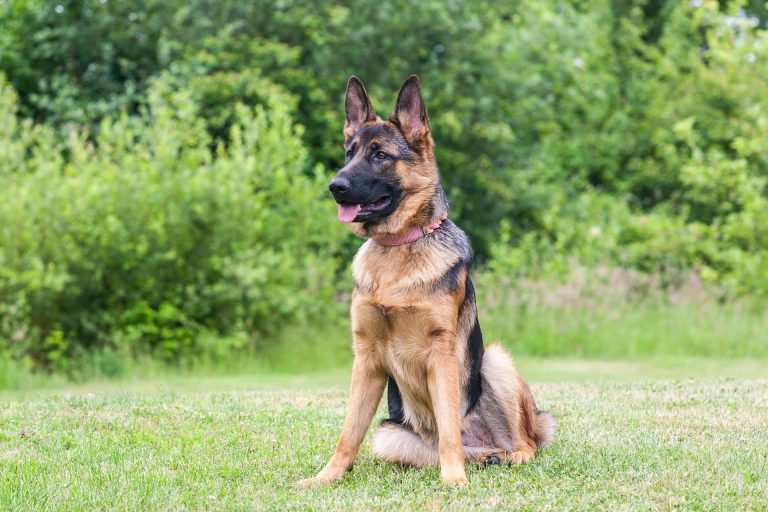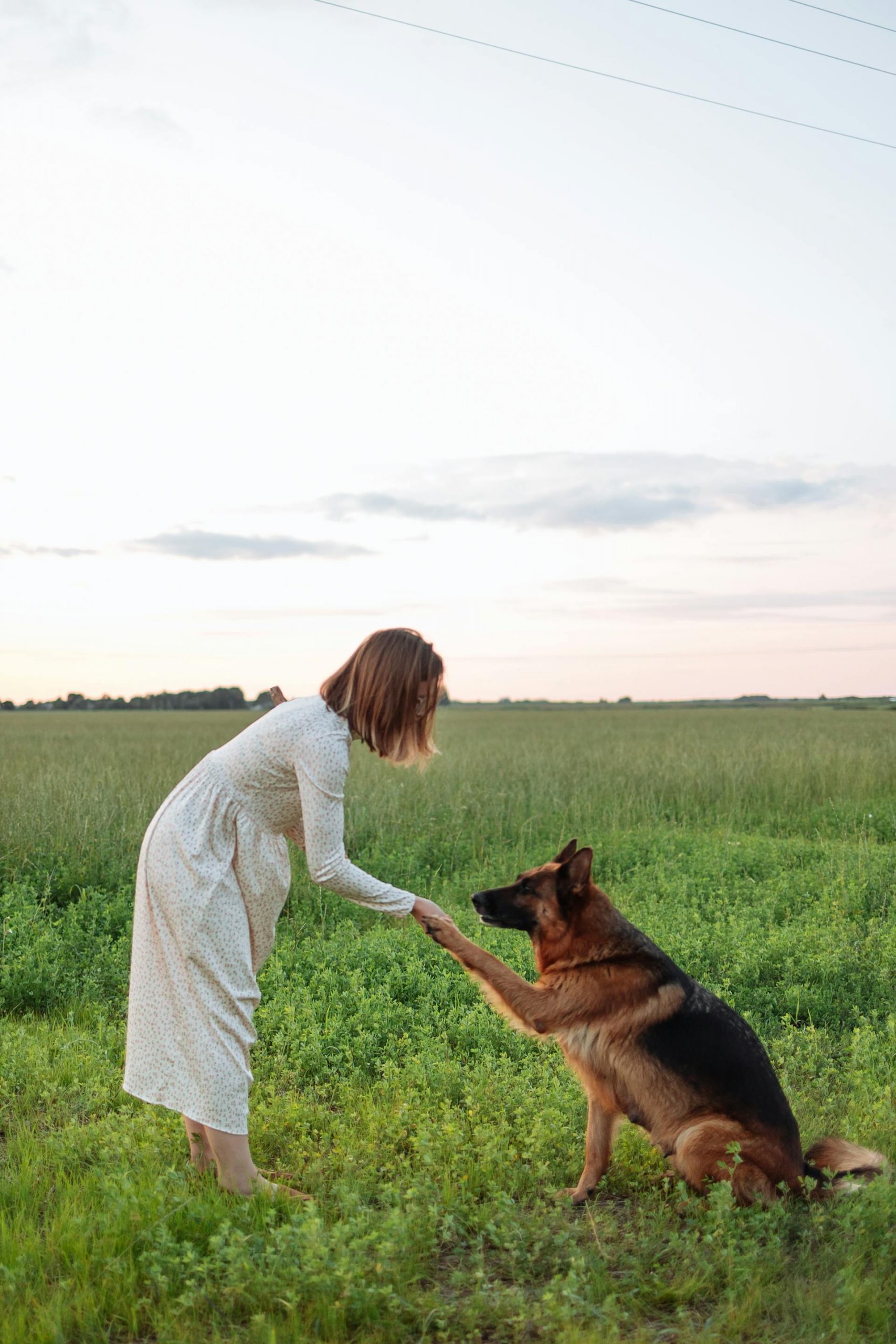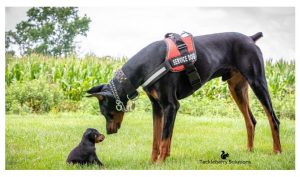The German Shepherd is one of the most recognised and respected dog breeds in the world. Known for their intelligence, loyalty, and versatility, these dogs have long served as family companions, working dogs, and heroes in police and military forces. But while their reputation is stellar, owning a German Shepherd comes with responsibilities and care needs that potential owners should fully understand.
In this guide, the experts from Cloud 9 Vets explore what makes German Shepherds special — and how to ensure they live a healthy, fulfilling life in your home.
Some of the most common breed groups, including herding, are originally from Germany, with a size of large (50–90 lbs) and a height of 55–65 cm at the shoulder. Usually, their life expectancy is around 9 to 13 years. The coat type is a double coat (medium to long length) with a high level of energy.
German Shepherds were originally bred in the late 19th century by German cavalry officer Max von Stephanitz, who aimed to create the perfect herding dog. Today, they’re known not just for their beauty and strength but also for their unmatched work ethic and trainability.
What is the personality of a German Shepherd?
German Shepherds are loyal, confident, and courageous and form deep bonds with their families. Very often, they are protective of those they love, and with the right training and socialisation, they are great with children, protective but not aggressive and highly trainable and often reserved around strangers. However, they need structure.
Without proper boundaries, training and mental stimulation, they may develop behavioural issues such as barking, separation anxiety or destructiveness. “They’re not a ‘set it and forget it’ dog,” says Lisbet Stuer-Lauridsen, Animal Lover and Managing Director at Cloud 9 Vets. “German Shepherds thrive when they have a job—whether that’s obedience work, agility, or simply being your shadow.”
Is a German Shepherd Right for You?
Before bringing home a German Shepherd, ask yourself Do you have the time to train and exercise a high-energy dog? Are you prepared for regular grooming and shedding? Can you provide a consistent routine and socialisation?
Do you have enough space? because the German Shepherd is best in homes with access to a yard or nearby parks. German Shepherds are not ideal for first-time dog owners unless they’re committed to learning about canine behaviour and training.
Daily Care Needs
For a daily routine, incorporate exercises that require some effort, as German Shepherds are working dogs. This means daily walks aren’t enough—they need both physical and mental stimulation. You need a minimum of 60-90 minutes of physical activity per day.
Make some structured activities like fetch, obedience training, agility, or hiking and for mental stimulation, use puzzle toys, scent work and learning commands. If not exercised properly, a bored Shepherd may turn to chewing, digging, barking, or pacing.
How to Train a German Shepherd
Training is not optional—it’s essential, so start early and begin basic obedience at 8–10 weeks. Use positive reinforcement, praise, and treats work better than punishment. Puppy socialisation and intermediate obedience are recommended, so expose them to different people, places, and pets to reduce fear-based reactivity.
German Shepherds often become overly protective without proper socialisation. Early exposure helps balance their natural guarding instincts with confident, friendly behaviour.
Do German Shepherds Shed?
German Shepherds are known for their double coats and shedding. Expect to find fur everywhere, especially during spring and fall. Brush 2–3 times a week (daily during shedding seasons) and bathe every 6–8 weeks or when dirty. Trim the nails monthly and clean ears weekly, then brush teeth 2–3 times a week to maintain oral health and invest in a high-quality deshedding tool and a vacuum—your home will thank you.
How to Feed a German Shepherd?
A balanced diet is essential for their joint health, energy levels, and coat condition and high-protein kibble or raw/cooked diets with vet guidance. Consider supplements for joints (glucosamine) and skin/coat (omega-3s), and feed twice a day to reduce the risk of bloat (a life-threatening condition). Avoid overfeeding—obesity increases the risk of hip/elbow dysplasia. Adult Shepherds typically need 2.5 to 4 cups of high-quality dry food per day, divided into two meals, but this varies based on activity level and weight.
Common Health Issues
German Shepherds are strong and resilient, but they’re also prone to certain breed-specific conditions, and the common concerns include hip and elbow dysplasia, degenerative myelopathy (a spinal cord disease), bloat (gastric torsion), allergies (skin or food-related), osteoarthritis when reaching senior age, and epilepsy.
To reduce the risk, work with reputable breeders who perform health screenings, avoid overexerting puppies (to protect developing joints), keep them lean and fit, and
Schedule annual vet checkups.
Life at Home With a German Shepherd
Once trained and integrated into your household, a German Shepherd becomes a devoted family member. They love playing fetch with children, learning new tasks or tricks, patrolling the yard (watching for squirrels!) and being at your side—wherever you go. They don’t love being left alone for long hours, and there is boredom or inconsistency, and a sedentary lifestyle.
Conclusion
The German Shepherd is more than just a beautiful or heroic dog—they’re a brilliant, complex, and deeply bonded companion. With the right care, structure, and attention, they will reward you with years of loyalty, protection, and affection. If you’re ready for the commitment, a German Shepherd can be one of the most enriching additions to your family.









